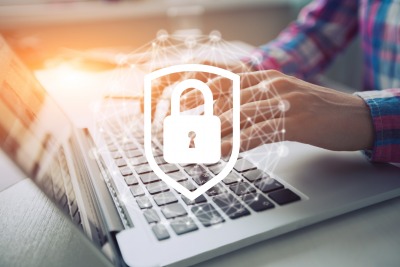Being careful with online sharing can help to prevent hackers, identity theft and other cyber security crimes. A survey from Bankrate shows that 9 in 10 Americans have risky behaviors when it comes to keeping their data secure. This behavior includes not shredding documents with personal information, not changing passwords, reusing passwords and saving payment methods on phones or computers. Keeping your information protected is one of the biggest concerns online but people still do not always take it into consideration. These three simple steps will show you little things you can do to protect yourself and your information from falling into the wrong hands.
Change Your Passwords
It can be confusing to have different passwords for every account that requires a password, but it is so important to the safety of your accounts. Do not reuse passwords, as tempting as it sounds. Then if one of your accounts becomes compromised, the hacker could get into all of your accounts. If you are using duplicate passwords, use them for less important accounts, not bank accounts or social media accounts. Mix up your passwords by making sure they are at least 12 characters long but aim for 16. Make your passwords more difficult for hackers by adding special characters and numbers throughout it.
Numbers should not be significant dates, such as birthdays or anniversaries because those can be looked up on social media platforms if it’s been posted about before. Using names of pets or people can also be found out through social media and figured out so avoid those. Capital letters should be used but try putting them in the middle of the password instead of the beginning or end, to make it more difficult. If your devices allow it, turn on a two-factor authentication. This means if you log into an account, it will send a password or pin to another one of your devices for you to type in on the device you are logging into. Another form of protection on your accounts is a good back up plan.
Don’t Share Personal Information
Personal information should be shared very sparingly online. It is vital to know exactly who is asking for the information and what they need it for. When online shopping this season, look at the website URL for the padlock symbol, this symbol means the website is secure. Any website you are giving personal information to, especially credit card and bank information, should be secure. Another tell of a secure website is if the URL has “https” instead of “http”. That extra ‘s’ stands for secure.
Be wary of personal information shared on social media platforms that could be a hacker’s key to common security questions. Facts like your high school, high school mascot, first company you worked for, and town you were born in is all information that can be found on social media pages if you are not careful.
Be Aware
Being aware of what you are sharing online and knowing about things you can do to protect your information is a tool on its own. Check your accounts daily for any suspicious activity or something that looks out of place. Keep your computer and phone software up to date. Usually, new software comes with security updates which are much needed.
Back up information that is on your computer so in case something happens and your files are deleted, you have backups. Your computer should not be where passwords are stored. Keep them written down in a safe or other secure location. The final thing you can do to be aware is know that hackers are out there, take that into consideration when opening junk emails and clicking links that may be suspicious and online shopping on non secure websites.
For more information, please read this informative article from the Federal Trade Commission.

